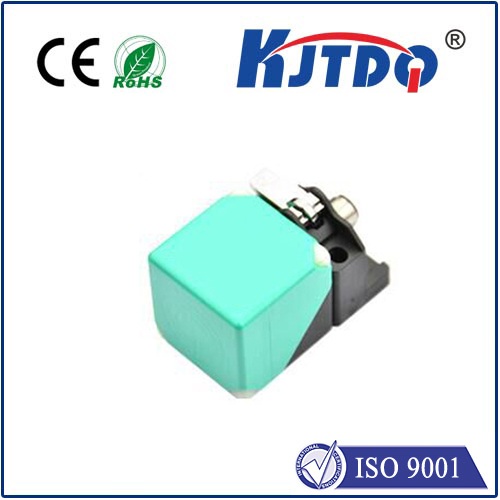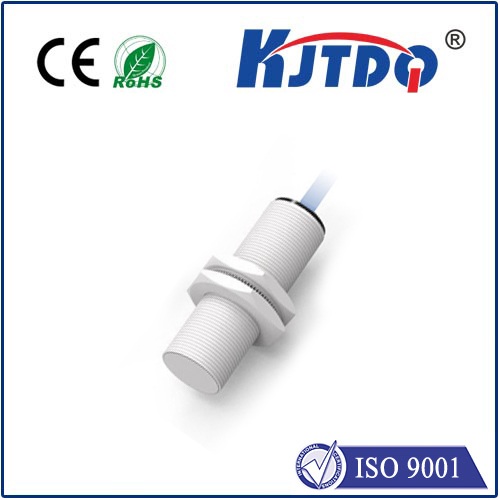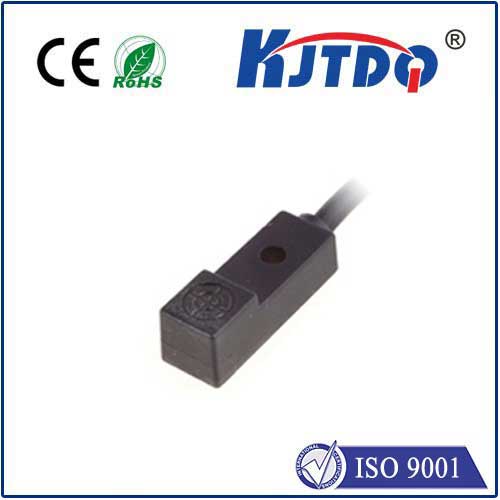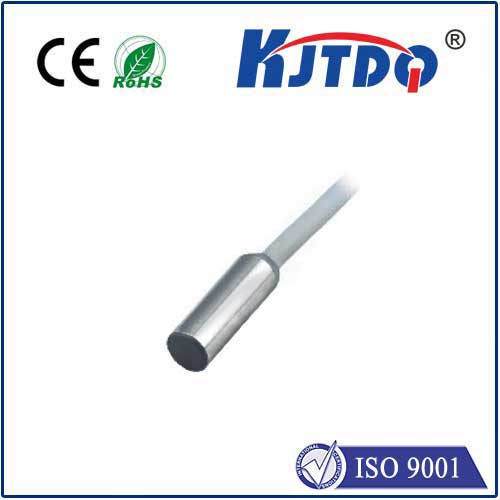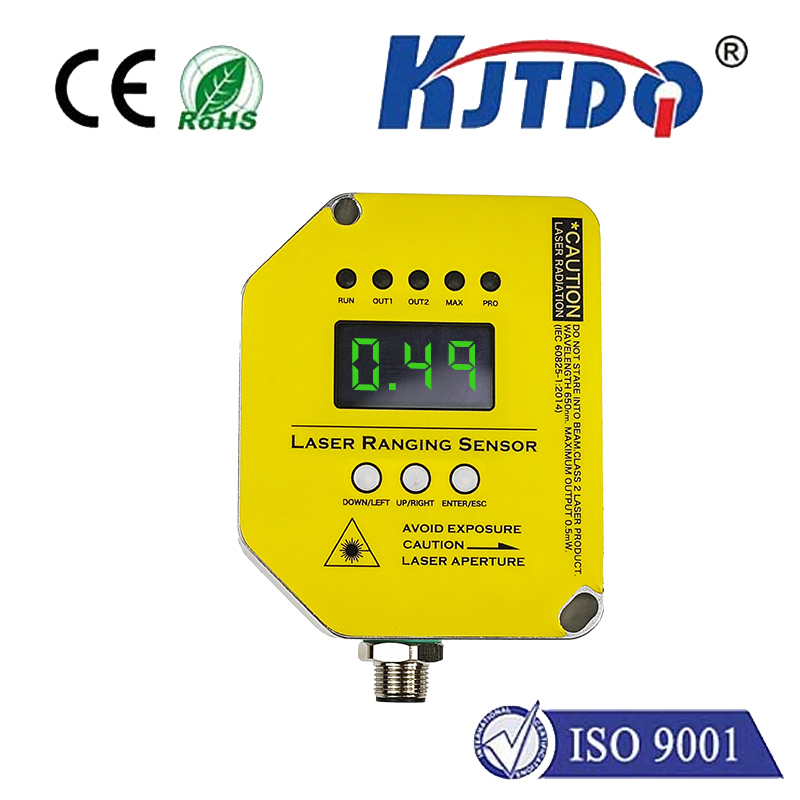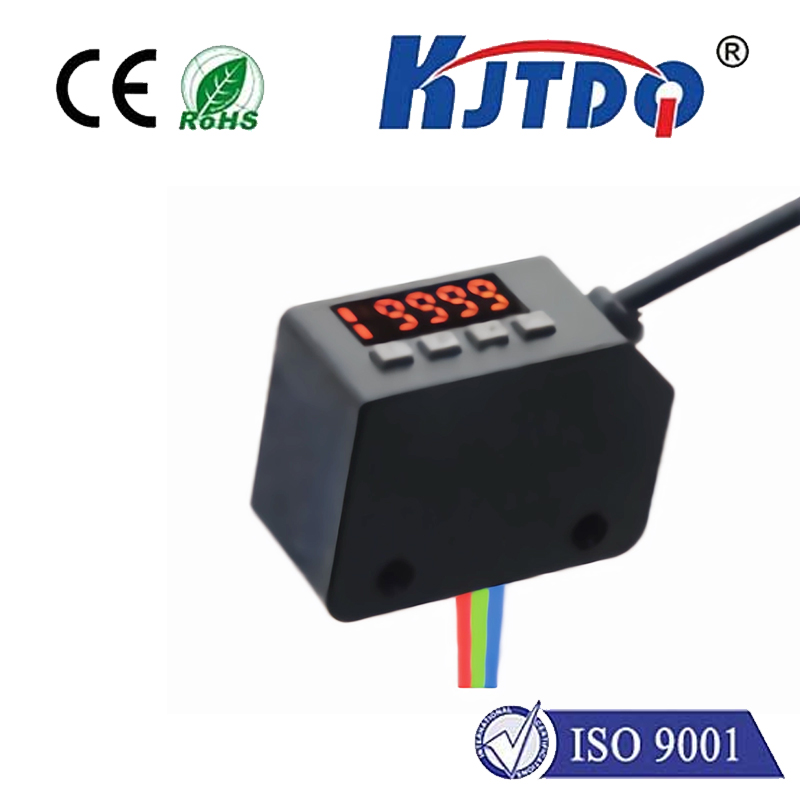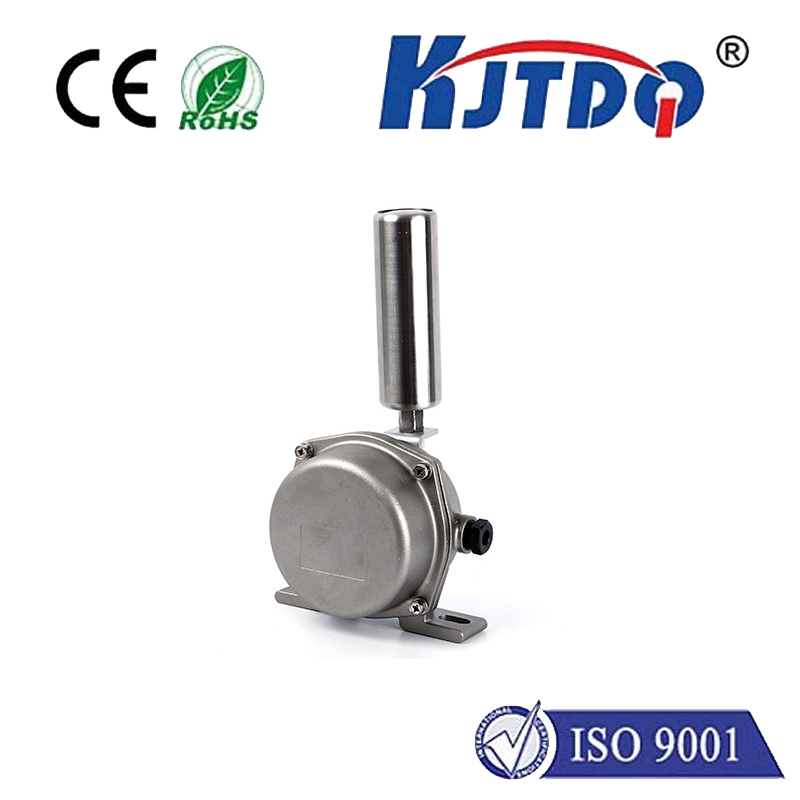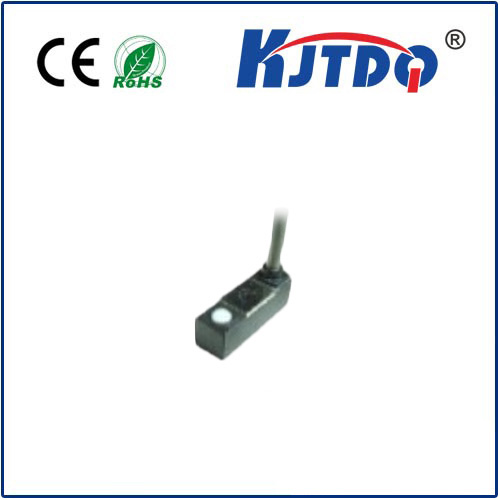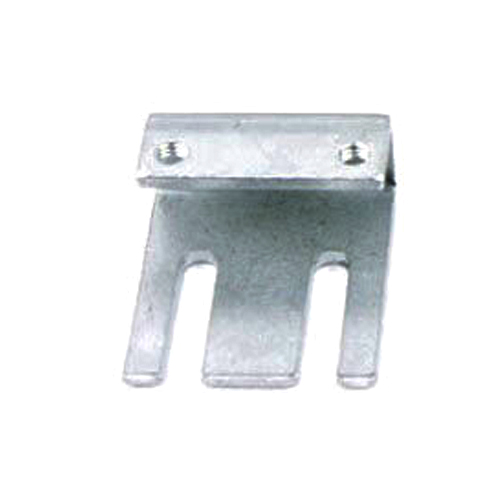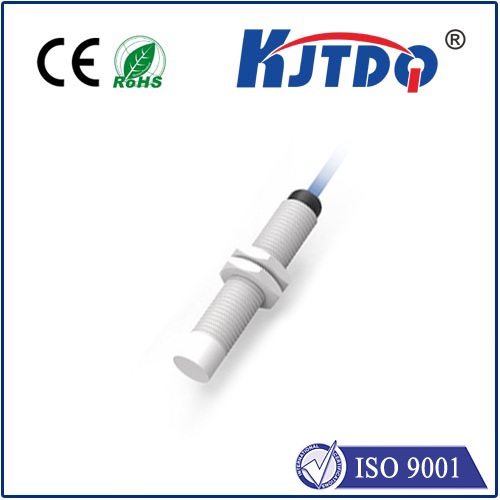BES01TU proximity sensor
- time:2025-10-16 13:27:15
- Click:0
Unlock Precision and Reliability: The BES01TU Proximity Sensor Advantage
In the relentless rhythm of modern manufacturing and automation, milliseconds matter. Unexpected downtime, equipment damage, or inconsistent product quality often trace back to a single point of failure: unreliable object detection. Enter the BES01TU proximity sensor – a compact powerhouse designed to eliminate these frustrations, bringing robust performance and pinpoint accuracy to the heart of your industrial processes. This isn’t just another sensor; it’s a fundamental building block for smoother, more efficient, and more reliable operations.
Understanding the Core: What is the BES01TU?
The BES01TU is an inductive proximity sensor, a workhorse in the world of industrial automation. Its primary function is to detect the presence or absence of metallic objects – ferrous targets like steel and iron, and non-ferrous metals like aluminum, brass, and copper – without any physical contact. Utilizing electromagnetic fields, the BES01TU senses when a metal target enters its defined sensing range, triggering an electrical signal to your control system (PLC, robot controller, etc.). This “non-contact” principle is key to its exceptional longevity and resistance to wear and tear compared to mechanical switches.
Why the BES01TU Stands Out in Industrial Environments

Engineered for demanding applications, the BES01TU incorporates several critical features that contribute to its widespread adoption:
- Exceptional Robustness: Built for the factory floor. Its housing is typically ruggedized, offering a high degree of impact resistance and protection against dust, coolants, oils, and cutting fluids. An IP67 rating (or similar, depending on specific model variant) signifies its ability to withstand harsh washdowns and immersion, making it ideal for food & beverage, automotive, or heavy machinery applications.
- Compact, Flush-Mountable Design: The M12 form factor (common for the BES01TU series) provides a significant advantage. Its compact size allows for installation in tight spaces where larger sensors simply won’t fit. Crucially, its flush-mountable capability means it can be installed flush with a metal mounting surface without losing sensing range or causing unwanted triggering. This is vital for minimizing physical damage risks in confined areas.
- Precision Sensing Performance: Don’t let its size fool you. The BES01TU delivers remarkable accuracy and repeatability. It boasts a defined nominal sensing range (Sn), typically around 2mm for a standard steel target, ensuring reliable detection within its specified operating window. Consistent performance cycle after cycle is paramount for high-speed automation.
- Reliable Electrical Output: Available in common configurations like 3-wire DC (PNP NO or NC), the BES01TU integrates seamlessly with standard industrial control voltage levels (often 10-30V DC). A PNP output (Positive switching) sources current to the load when the target is detected. Choosing Normally Open (NO) or Normally Closed (NC) allows flexibility based on the control logic required.
- Stability in Electrically Noisy Environments: Industrial settings are often electrically chaotic. The BES01TU is designed with excellent immunity against electromagnetic interference (EMI), reducing the risk of false triggers or signal degradation caused by nearby motors, drives, or cables. This inherent stability translates directly to increased process reliability.
- Material Versatility: While optimized for metals, the specific design often allows for reliable detection of various metallic alloys beyond standard steel, providing broader application potential. Some variants might offer enhanced performance for specific non-ferrous metals.
Key Applications Powering Efficiency
The BES01TU proximity sensor finds its niche wherever reliable, non-contact metal detection is needed:
- Position Verification: Confirming if a part is correctly seated in a fixture, a robot gripper is closed, or a slide has reached its end position. Crucial for preventing process steps from occurring incorrectly.
- End-of-Stroke Detection: Sensing the arrival of pneumatic or hydraulic cylinders. Essential for controlling sequential operations.
- Object Counting: Detecting metal parts moving past a point on a conveyor or through a chute. Fundamental for production tracking and batching.
- Speed Monitoring: Detecting passing teeth on a gear or metal flags on a rotating shaft to calculate RPM. Vital for condition monitoring and process control.
- Machine Safety: Acting as part of interlock systems (e.g., confirming a guard door is closed before machine start). Integral to operator safety protocols.
- Presence/Absence Control: Checking for the presence of metal lids, containers, or tools on production lines. Streamlines assembly and packaging.
Implementing the BES01TU: Practical Considerations
Integrating this sensor effectively requires attention to detail:
- Mounting: Ensure the sensor is securely mounted using its threaded barrel. For flush mounting, verify the surrounding mounting surface material (avoid mounting flush into thicker non-metallic materials without consulting specs). Maintain the recommended clearance between the sensor face and surrounding metal to prevent interference.
- Correct Wiring: Always refer to the datasheet for the specific variant’s wiring diagram. Connect the brown wire (typ. +V), blue wire (typ. 0V/GND), and black wire (typ. signal output) correctly to your DC power source and controller input. Incorrect wiring is a common cause of failure. Proper cable management and strain relief prevent damage.
- Target Material and Size: The nominal sensing range (Sn) is specified for a standard mild steel target (usually Fe360). The effective sensing range can decrease for non-ferrous metals (like aluminum or brass) and for smaller target sizes. Always size the target appropriately relative to the sensor face. A target smaller than the sensor face or thinner than required will reduce the operating distance.
- Environment: While robust, avoid exposing the sensor to chemicals not specified in its technical data. Extreme temperatures beyond its operating range will affect performance and lifespan.
The Tangible Benefits: Beyond Just Detection
Choosing the BES01TU proximity sensor translates into measurable operational advantages:
- Reduced Downtime: Exceptional durability and non-contact operation mean significantly fewer sensor failures compared to mechanical switches, minimizing costly production stoppages.
- Enhanced Process Reliability: Consistent accuracy and immunity to interference ensure processes run correctly every time, boosting yield and product quality.
- Lower Maintenance Costs: No moving parts to wear out means dramatically reduced maintenance requirements and associated labor costs.
- Increased Machine Speed: Capable of reliably detecting targets at high speeds, enabling faster cycle times and higher throughput.
- Simplified Installation & Replacement: The standardized M12 design and clear wiring color-coding make initial setup and field replacements quick and straightforward, reducing technician time.
- Cost-Effective Performance: Delivers a powerful combination of essential features, reliability, and longevity at a competitive price point, offering excellent return on investment (ROI).
In the intricate dance of modern automation, where precision and uptime are non-negotiable, the BES01TU proximity sensor proves itself as more than just a component; it’s a silent guardian of efficiency. Its blend of robust construction, **flawless non






